
Volcanic unrest around the world: eruptions at Fernandina island (Galapagos), Sakurajima (Japan), Klyuchevskoy (Russia) and Kilauea (USA)
There are currently many volcanoes erupting around the world. Here the latest updates.
Eruption of Fernandina Island’s volcano in the Galapagos archipelago on June 16, 2018
On June 16, nine earthquakes hit off Fernandina Island in the Galapagos archipelago, starting at 8:37 am. The largest quake of this seismic swarm, a M4.1, occurred at 9:22 am.
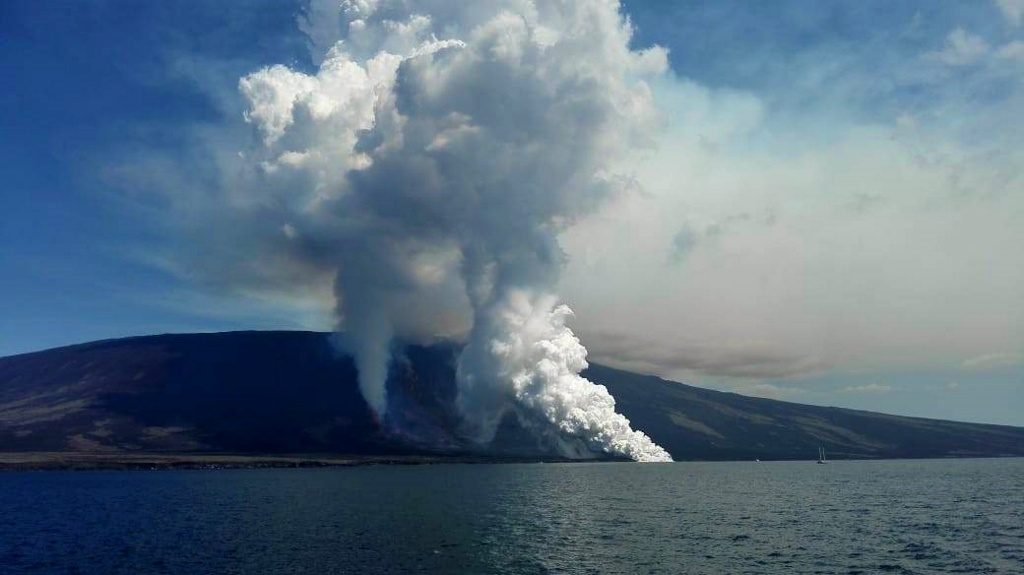
The seismic unrest resulted in the eruption of island’s volcano between 11h and 11h15, as confirmed by a boat passing by. The eruption is located on the NNE side of the volcano and is currently characterized by lava flows, and 2-3 km high gas plumes.
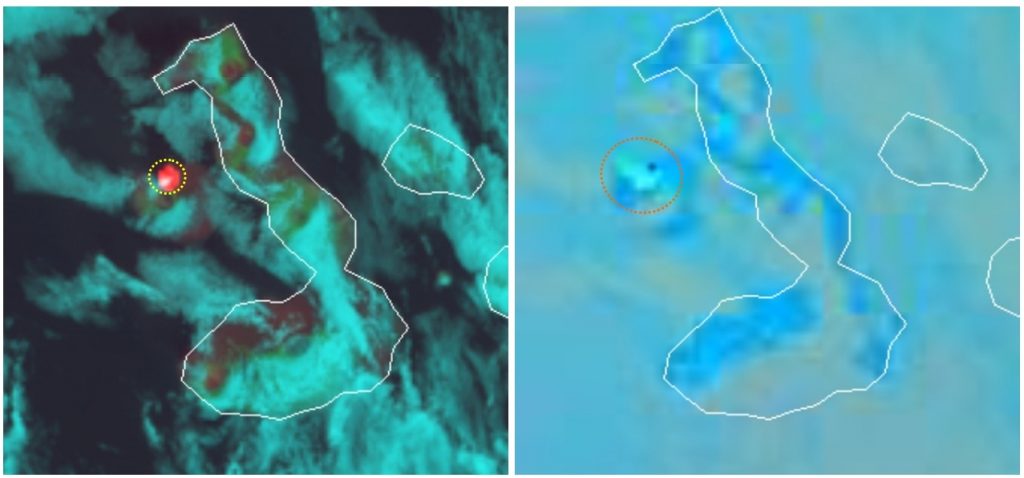
Lava flowing in the sea generates a powerful plume of steam and gas.
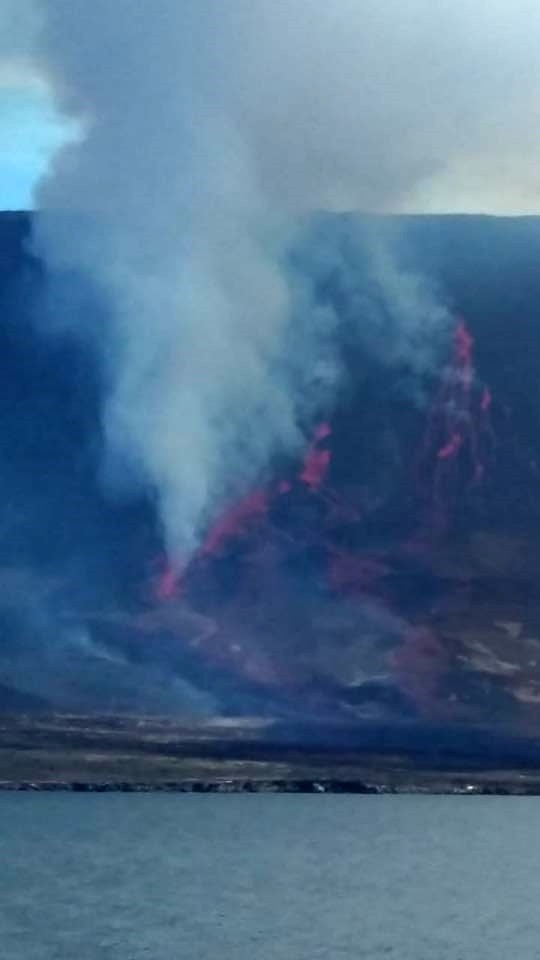
Sources: IGEPN
Eruption of Sakurajima volcano in Japan on June 16, 2018
The Sakurajima Minamidake Crater erupted strongly on Kyushu Island, Japan on June 16 at 7:19 am local time. It was accompanied by an ash plume rising to 4,700 meters above the crater, before drifting to the west.

Pyroclastic flows have been observed down the southwest flank and significant ash falls are reported on Kagoshima.
The alert level is maintained at 3 / do not approach the volcano, in force since February 5, 2016.

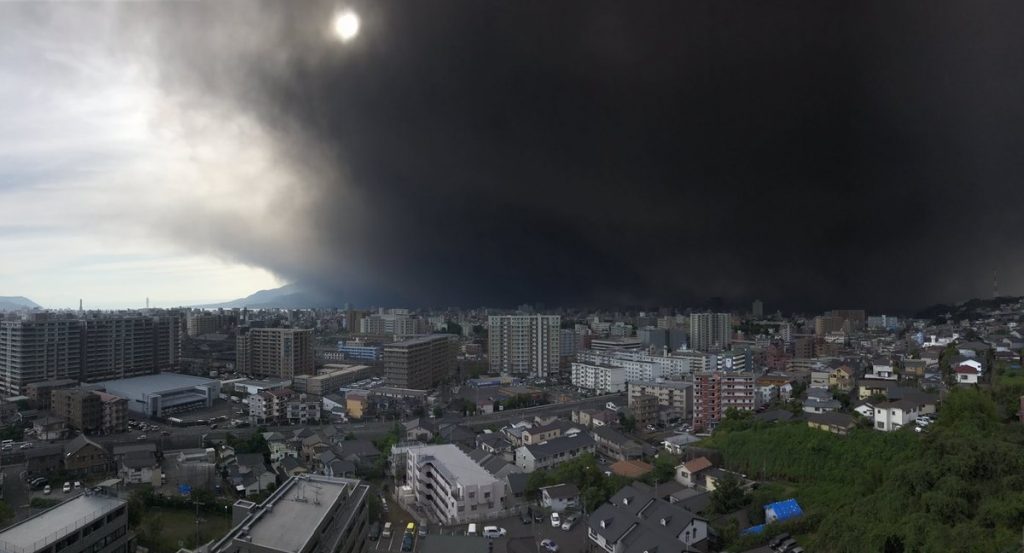
Source: JMA
Klyuchevskoy volcanic eruption on June 15, 2018
Klyuchevskoy volcano erupted on June 15 at 21:38 UTC ejecting a plume of ash more than 6,000 meters asl., which then drifted southwest of the volcano.

Moderate activity continues, justifying an orange aviation code, the risk of ash explosions always occurring.
Source: KVERT
Kilauea volcanic eruption continues
At Kilauea, the eruption continues in the East Rift Zone, where lava fountains rise between 55 and 60 meters on crack 8, surrounded by a 51-meter spatter and tephra cone at its highest point. Fissures 16 and 18 continue to seep out of the lava. Fisures 9 and 24 appear hotter, and degass strongly.
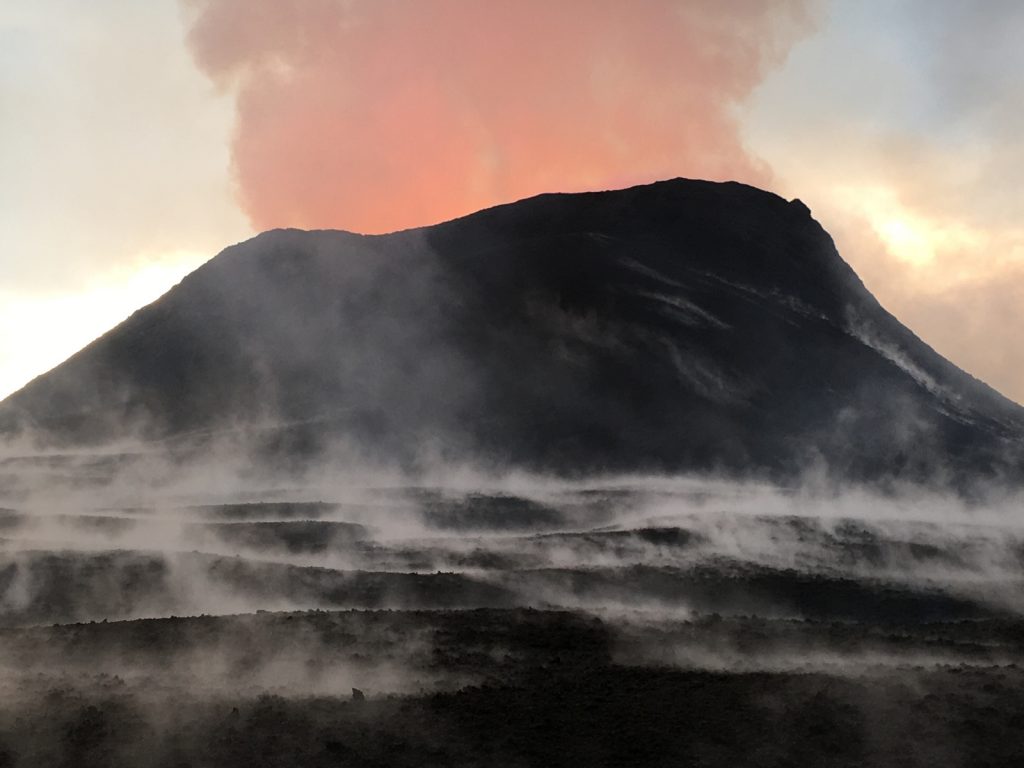
The lava flows into a well-established channel towards the ocean at Kapoho, producing “laze” plumes, loaded with hydrochloric acid and volcanic particles.
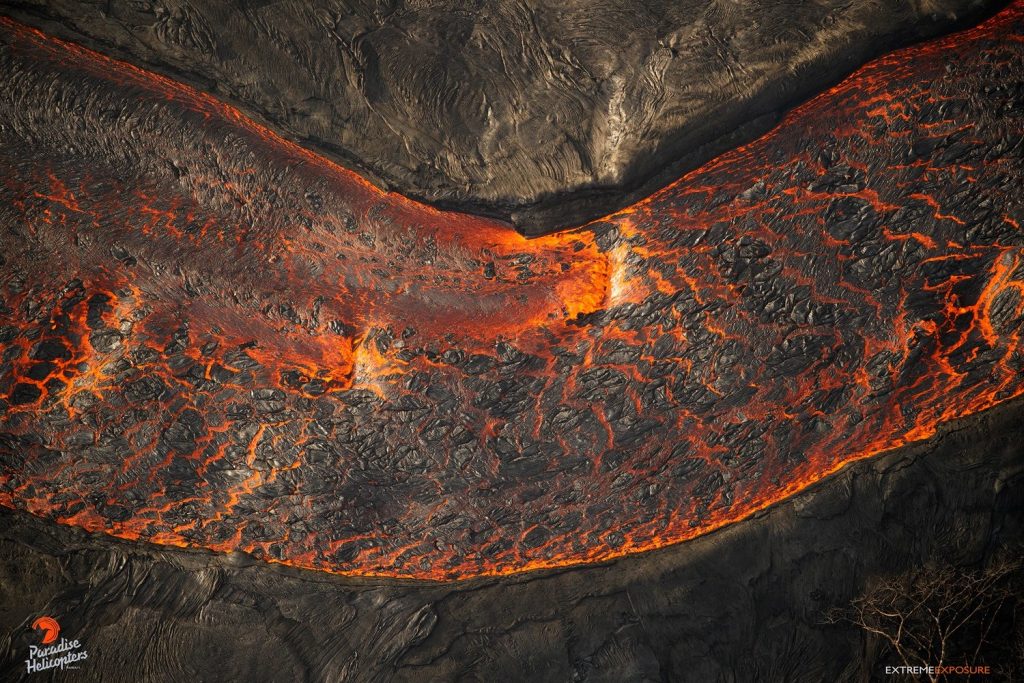
Seismicity is rising at the top, where several earthquakes have been felt, some of magnitude 3.
The collapse of the edges and walls of Halema’uma’u continues in response to the current subsidence of the summit.
Source: HVO-USGS
It’s getting really hot around the world!
SEE VIDEO
